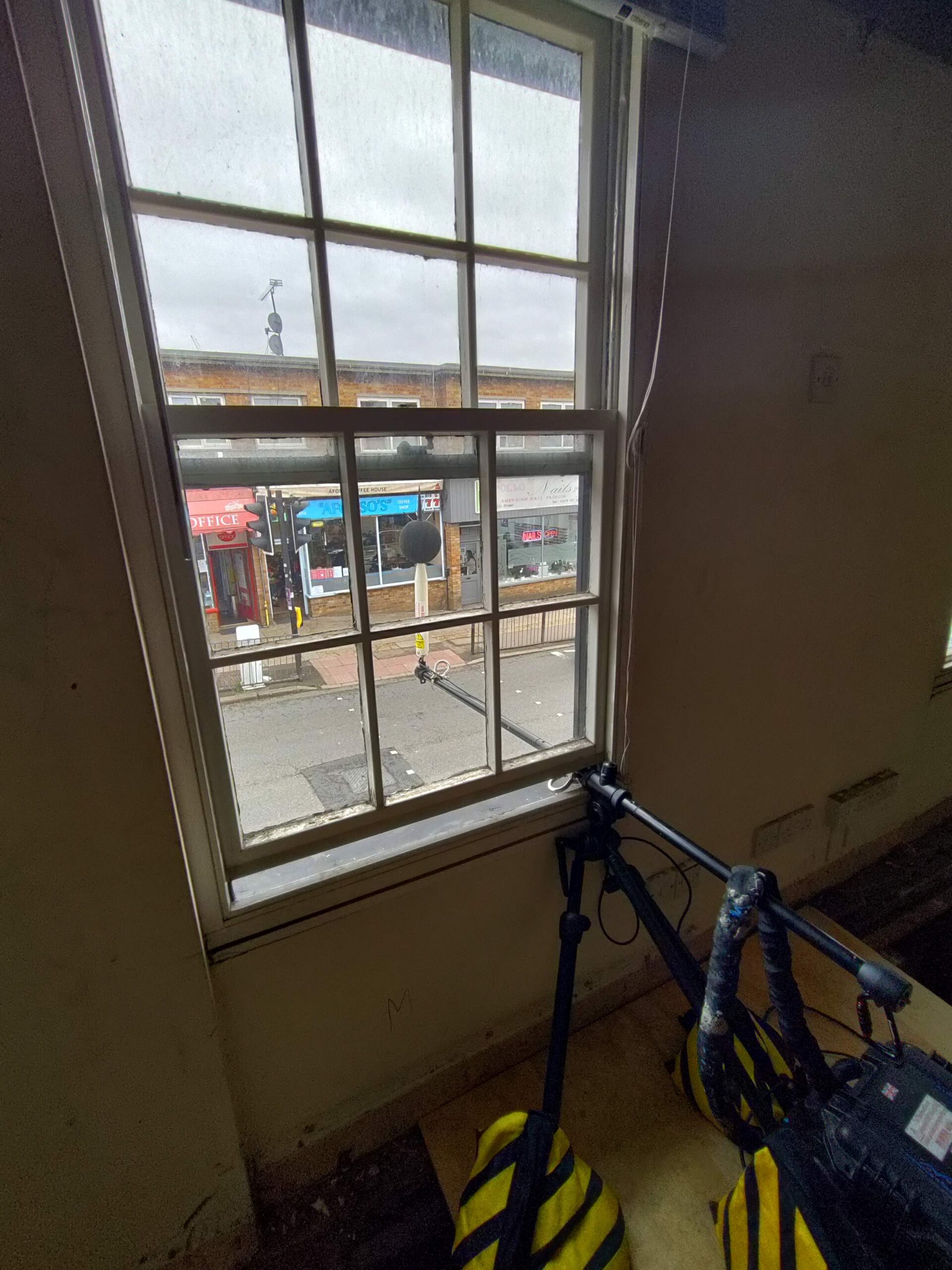
Vibration Monitoring
Building Compliance Testing Limited can provide you with a range of comprehensive construction viberation assessments and on-site continuous monitoring and reporting.
Vibration Monitoring
Vibration monitoring plays a crucial role within comprehensive environmental monitoring programs, encompassing the measurement and analysis of environmental vibration conditions in and around construction sites. This practice involves the assessment of ground-borne vibration levels, both before and during construction, to safeguard buildings and local infrastructure from potential damage.
Local authorities and construction partners frequently stipulate the need for vibration monitoring to protect the neighboring environment from potential harm. Vibration monitoring serves several key purposes:
- Compliance with planning conditions
- Resolution of complaints from local businesses and residents
- Protection against claims
- Environmental protection in the local area
- As a resolution to enforcement procedures
Vibration monitoring typically uses Peak Particle Velocity (PPV) as a criterion for assessing potential building damage. Criteria for building damage risk are often expressed in terms of PPV, and monitoring stations are configured to adhere to standards such as DIN 4150-3 or BS 7385-2.
BS 5228, a code of practice, offers comprehensive guidance on the control of vibration from construction sites, with Part 2 specifically addressing vibration. This standard provides legislative context and recommendations for actions to ensure effective communication between developers, site operators, and local authorities. It also outlines methods for predicting and measuring noise and vibration, along with evaluating potential effects on exposed individuals.
BS 6472 guides the evaluation of human exposure to vibration in buildings and is particularly relevant to vibration caused by railways. It covers aspects like vibration weighting curves, blast-induced vibration, and assessment methods for continuous, intermittent, and impulsive vibration.
BS 7385-2 offers guidance on assessing the potential of vibration-induced damage to buildings from various sources. It also identifies factors influencing the vibration response of buildings, which is crucial for mitigating risks.
DIN 4150-3 includes guidelines for residential and commercial/industrial buildings, addressing the effects of vibration on structures. It recognizes the increased sensitivity of structures near their natural frequencies and the human body’s heightened sensitivity to increased frequencies. The standard defines short-term and long-term vibration, providing guidelines for their assessment.
Specialized equipment is used for vibration monitoring and requires regular testing to ensure accuracy. Some sites may incorporate beacons and traffic light systems for enhanced safety. Educational talks can be arranged to promote worker and contractor compliance, ensuring high standards of compliance and minimizing complaints from residents and businesses.
Vibration monitoring data is accessible in real time, providing instant insights for compliance and safety. The scope of vibration monitoring can vary depending on the project, and tailored proposals can be created to meet specific requirements.
Vibration survey scopes can vary depending on the project, and Building Compliance Testing tailors proposals to meet specific requirements. To request a proposal and quote, you can contact us directly through their contact us page or by calling 01621 493594.
road traffic noise – rail noise – aircraft noise – commercial plant noise – industrial noise
Our Services
We can also offer a variety of other specialist services through our Partners, including:
– BS4142 Industrial and Commercial Noise
– BS5228 Control of Construction Noise
– BREEAM POL05 Noise Attenuation
– BREEAM HEA05 Acoustic Performance
– Workplace Noise Assessment
– Noise Attenuation Modelling
– BB93 Acoustic Design of Schools
Frequently Asked Questions
What is a BS:4142?
The current version of the BS 4142 was introduced in 2014. The BS4142 provides the methodology of rating industrial noise
affecting mixed residential and industrial areas. A 4142 assessment is often requested when a proposed residential
development is close to a source of industrial or commercial noise.
The method is used extensively by Local Authorities (LA) to quantify noise pollution. The result of the assessment predicts
whether the occupants of residential buildings are likely to complain about the noise. If complaints are likely, Local Authority
may treat the noise as a Statutory Nuisance and issue an order to abate the noise.
A BS4142 assessment is a comparison of the level of the offending noise with the underlying ‘background’ noise. The offending
noise level is called the specific noise level which cannot be measured since it will occur in the presence of other noise
sources. Corrections are made by the consultant depending on the characteristics of the source. A rating level is produced
following attribution of corrections.
The Rating level is compared with the background level with the following indications:
- + 10 dB (complaints are likely)
- + 5 dB (marginal significance)
- – 10 dB (complaints unlikely)
What is a BS:8233?
The current version of the BS8233 was introduced in 2014. The BS8233 provides Guidance on Sound Insulation and Noise
Reduction for Buildings. The BS 8233 is a reference for advice on managing noise within and around buildings.
The BS 8233 standard provides appropriate guidance for internal and external noise levels including bedrooms, living and amenity spaces.
As part of a BS 8233 survey, a baseline measurement of the noise environment is established within a proposed development
area. Following the defined noise environment, the noise impact on residential dwellings is assessed. The level of noise impact
to occupants of the future development is analysed according to BS8233:2014.
A technical report is produced following completion of the BS8233 noise survey. Recommendations and proposed
amendments are made within the report to ensure the development complies with British Standards. The report is sent to the
Local Authority (Council) for approval. The responsibility falls on the developer to ensure all recommendations, amendments
and mitigation measures are completed.
We’re friendly and knowledgeable bunch so why not get in touch for a chat. You can always contact Building Compliance Testing with any questions through phone, email or our online chat service.
Don’t worry, we don’t charge for advice given over the phone, so why not ask for a free quote?
01621 493 594 | contact@buildingcompliancetesting.com
Let's Talk About Your Project?
Questions? We've Got Answers!
Find below a list of common frequently asked questions about Air Permeability Testing.

